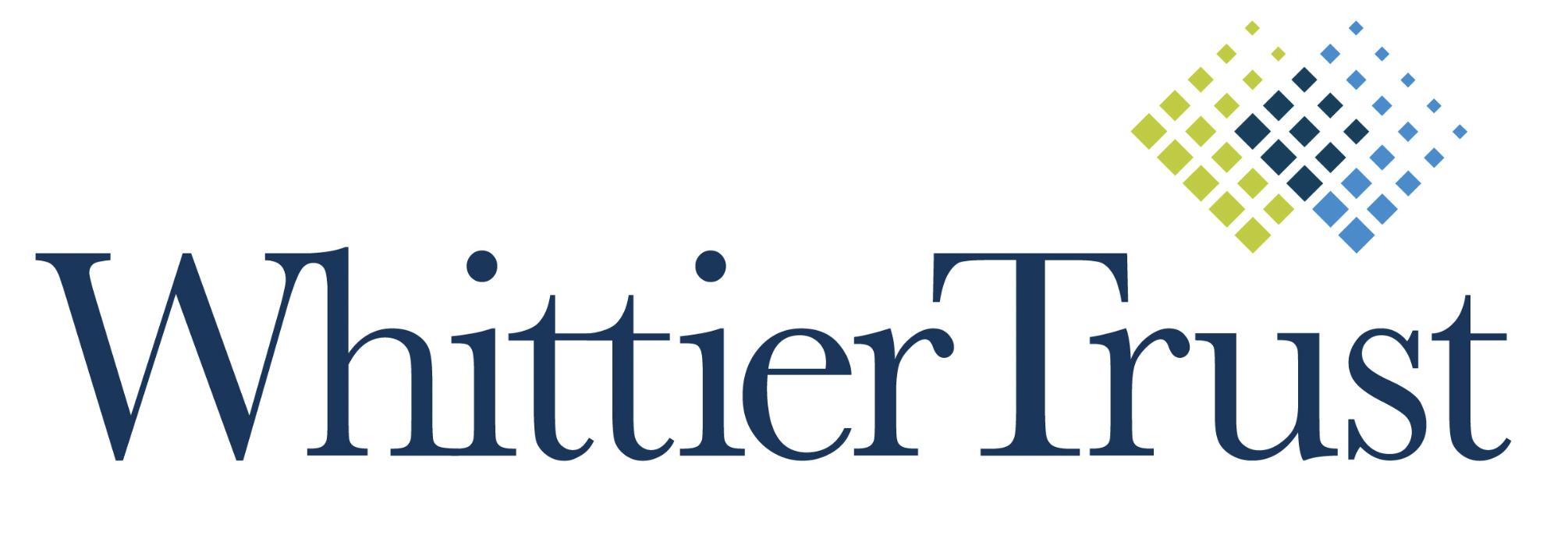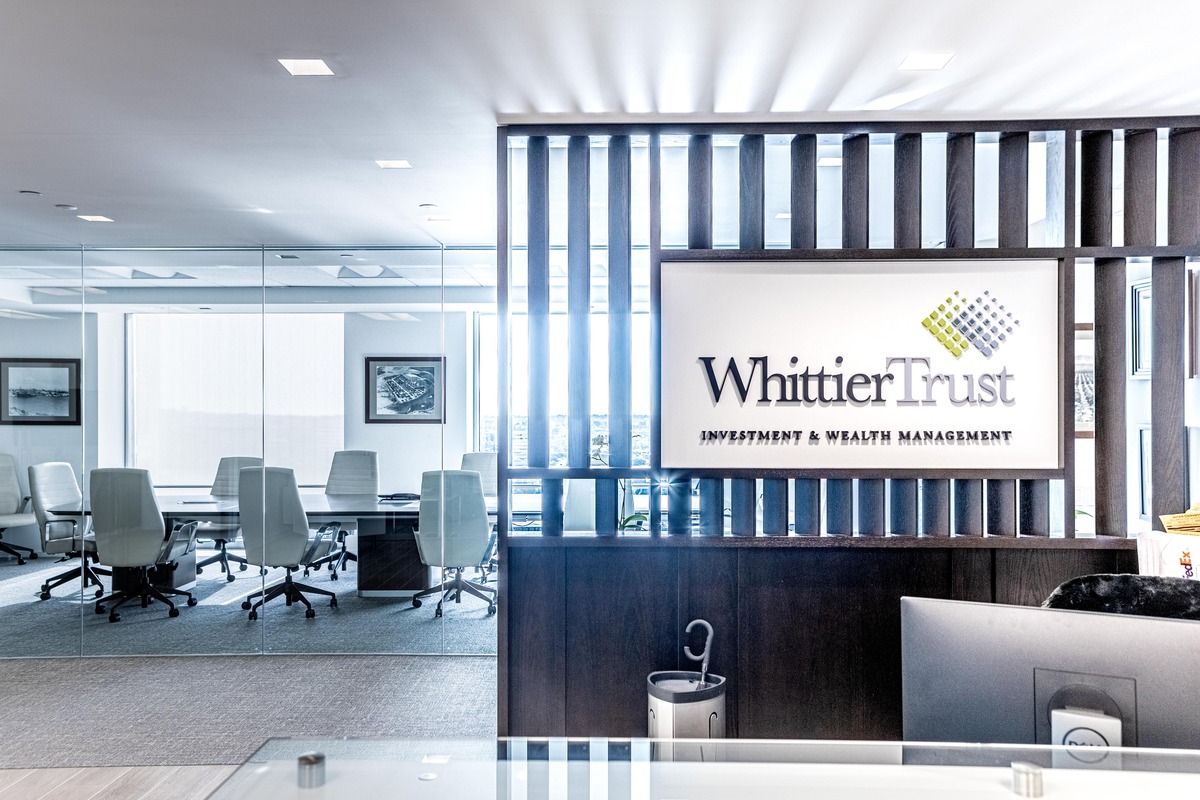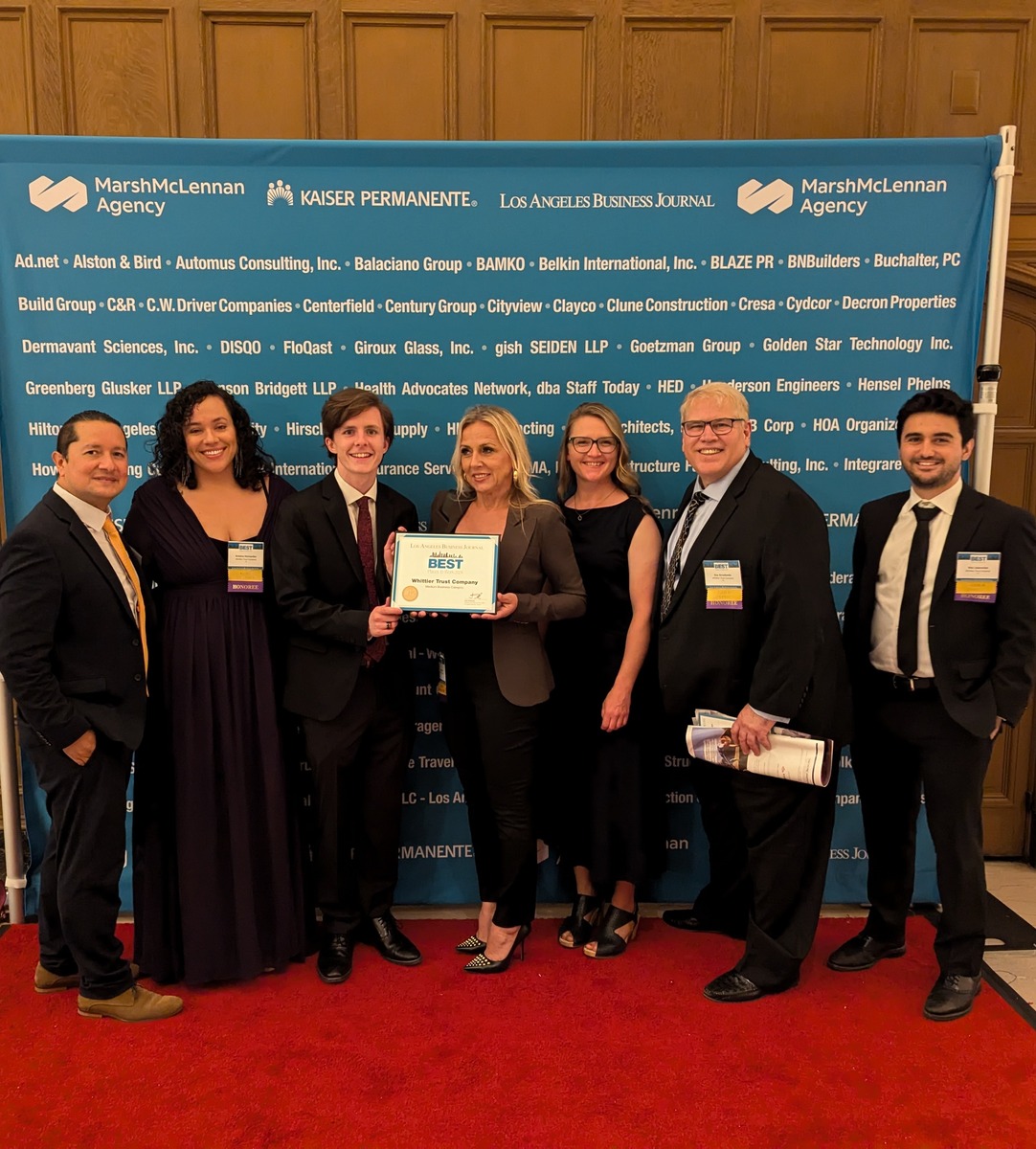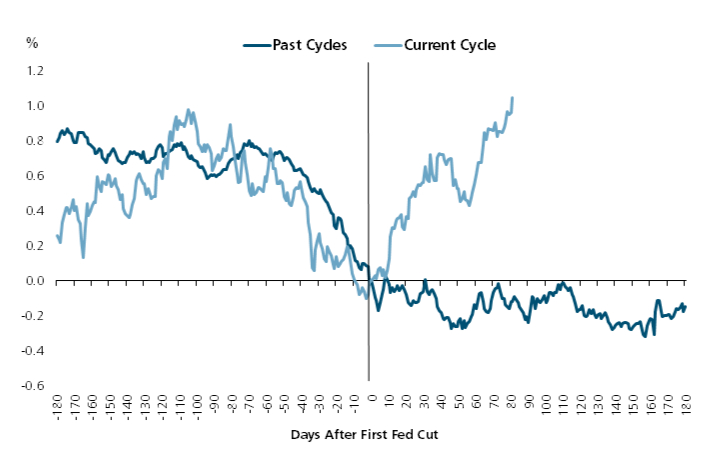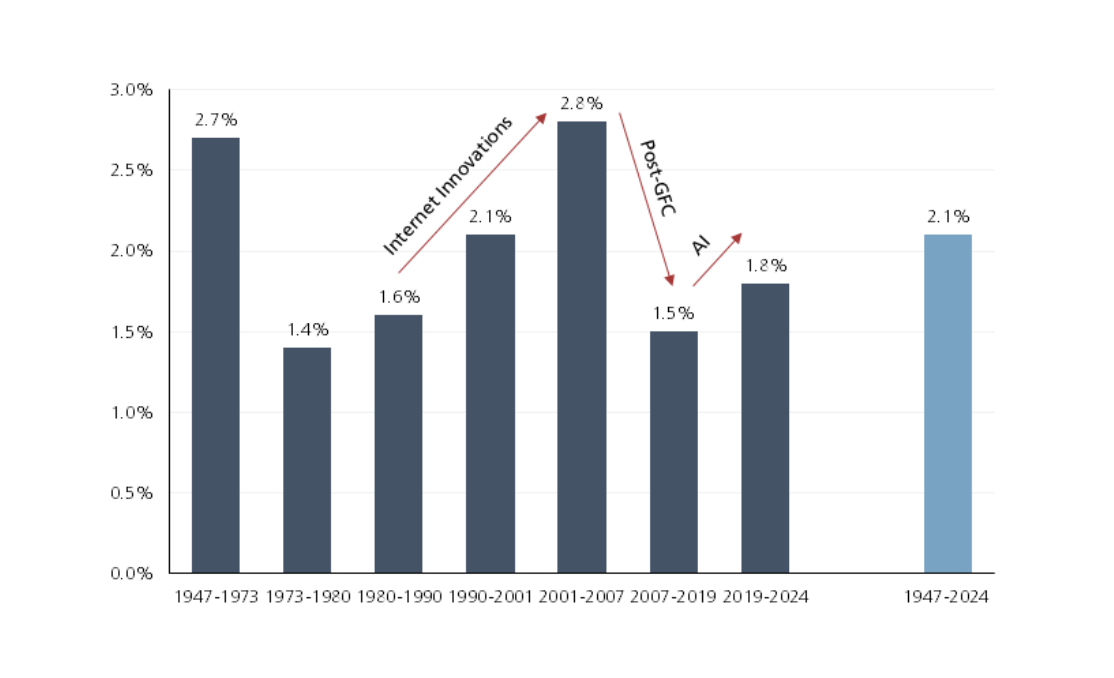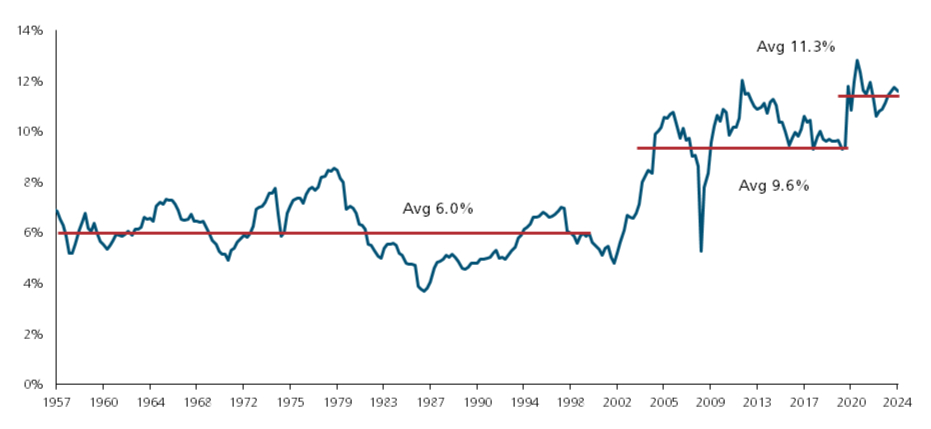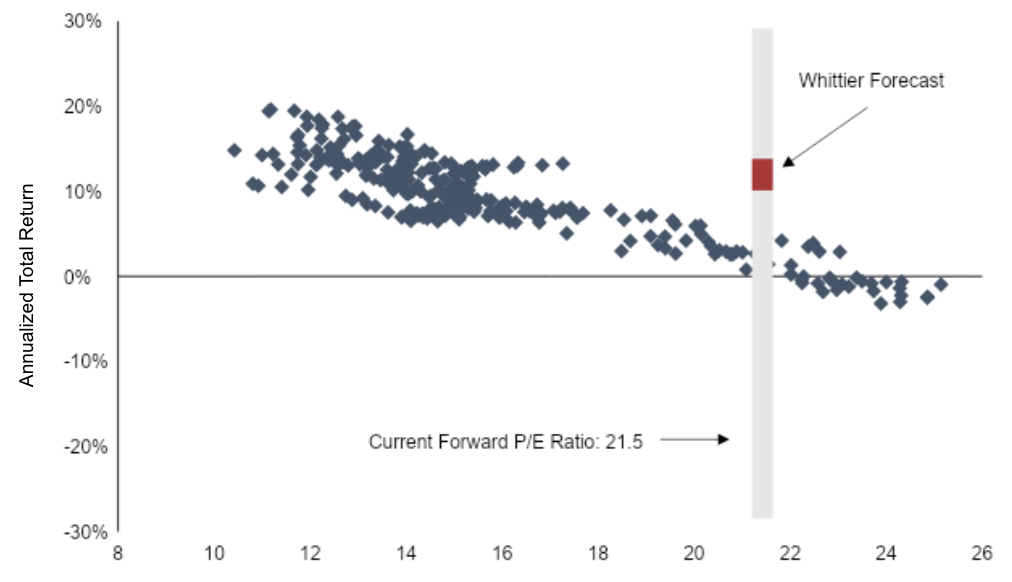 Last year’s National Nonprofit Day was a welcome reminder of the significant impact philanthropic activities can have on communities and the world. But at Whittier Trust we have also witnessed how helping families engage with philanthropy, whether by establishing a nonprofit, a family foundation or forming a philanthropic strategy, can significantly transform family dynamics and relationships, forging and strengthening bonds by a shared desire to do good.
Last year’s National Nonprofit Day was a welcome reminder of the significant impact philanthropic activities can have on communities and the world. But at Whittier Trust we have also witnessed how helping families engage with philanthropy, whether by establishing a nonprofit, a family foundation or forming a philanthropic strategy, can significantly transform family dynamics and relationships, forging and strengthening bonds by a shared desire to do good.
One family we worked with illustrated the power of incorporating philanthropy into a wealth portfolio. To facilitate the creation of a family foundation, our team organized a retreat for the father, mother and their three adult children. The two daughters were enthusiastic about participating but their brother, who was estranged from the family, was less so and only reluctantly agreed to attend. During the retreat, the father became emotional as shared the childhood experiences that inspired him to support vocational training for low-income kids and motivated him to establish the foundation.
His heartfelt words came as a surprise to the children, who had never seen their father so passionate. It prompted them to open up about their interests and passions. The father’s moment of vulnerability sparked a deeper understanding and connection among the family members, leading to their active engagement in the foundation — including the once-estranged son. Through philanthropy, this family was able to gain a meaningful appreciation for each other and the experiences that shaped them.
While a simple story from a father about why he gives back can inspire family involvement and reconnection, there are benefits derived from family philanthropy.
Values and Succession
Discussions about family members' backgrounds and beliefs help everyone embrace family history and carry forward important values and civic responsibility. Through philanthropic activities, parents can also help ensure that family wealth does not undermine their children's drive for success.
Life Skills
Deciding on a charitable mission, selecting grantees, creating a decision-making process and determining and evaluating desired impact can be challenging. Making these decisions as a family allows members to research causes they care about, learn to communicate respectfully, make persuasive arguments, appreciate different perspectives and find compromises. Representing your family well in the community ensures every interaction leaves a positive impression on people, grantees, organizations and other philanthropists.
Financial Literacy
By setting a foundation's strategy and mission, family members gain knowledge about investments, financial planning, budgeting, market fluctuations, tax considerations and other financial management practices — including how to understand and evaluate the financial health of organizations they might support.
Resolving Ambivalence
Family members, especially those who didn't earn the wealth themselves, often have mixed feelings about the family money. Collaborating on how to use the wealth for good can help alleviate these tensions, uniting family members around positive impact.
Togetherness
 With wealthy families often dispersed across the country or the globe, philanthropy serves as a unifying force around a common purpose. It encourages family members to come together, visit grantees, observe their work in the community and discuss their experiences.
With wealthy families often dispersed across the country or the globe, philanthropy serves as a unifying force around a common purpose. It encourages family members to come together, visit grantees, observe their work in the community and discuss their experiences.
When families select a cause based on their own experiences, interests and life journeys — as opposed to external influences — they maximize the odds of reaping the benefits discussed above. A family office can help identify each member's passions and develop a strategy that unifies the philanthropic focus and doesn’t seed resentment or frustration.
As we celebrate National Nonprofit Day, consider how family philanthropy can strengthen bonds, impart valuable life skills and create a lasting legacy. By thoughtfully establishing and managing a vehicle for family giving, families can unite around shared values and make a meaningful impact on the world for generations to come.
Written by Pegine Grayson, JD, CAP®, Senior Vice President and Director of Philanthropic Services as well as Ashley Fontanetta, Senior Vice President and Client Advisor, both in Whittier Trust's Pasadena Office.
Featured in Financial Planning Magazine. To learn more about how Whittier Trust can support you, your family and your legacy through our philanthropic services, start a conversation with a Whittier Trust advisor today by visiting our contact page.
From Investments to Family Office to Trustee Services and more, we are your single-source solution.

